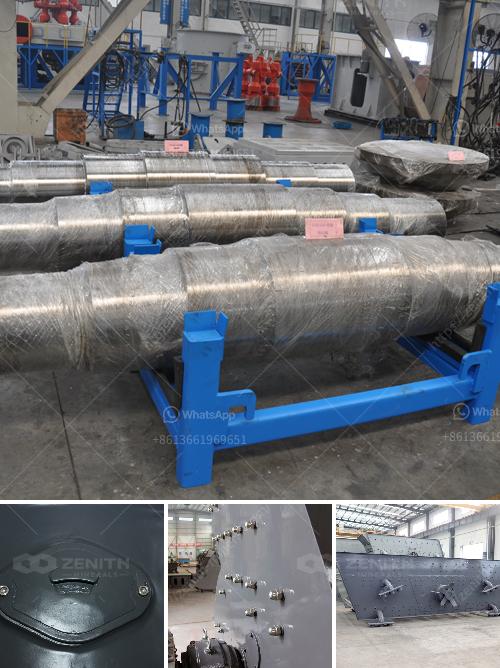Operating an ore ball mill normally involves several key steps and considerations to ensure efficient and safe operation. Here are the detailed steps and best practices:
1. Pre-Operation Checks
Before starting the ball mill, it's crucial to perform several checks to ensure everything is in order:
- Inspect the Mill: Check for any visible damage or wear on the mill and its components.
- Lubrication: Ensure that all lubrication points are adequately greased and that the oil levels in the gearbox and other components are correct.
- Safety Checks: Verify that all safety guards and covers are in place and secure.
- Electrical Systems: Check that all electrical connections are secure and that there are no signs of wear or damage to cables and connectors.
2. Starting the Mill
When starting the mill, follow these steps:
- Start the Lubrication System: Before starting the mill, ensure that the lubrication system is running to prevent damage to the bearings and other components.
- Start the Mill Motor: Gradually start the mill motor to avoid sudden surges in power that could damage the mill or its components.
- Check for Abnormalities: Listen for any unusual noises and monitor the mill for any signs of abnormal operation, such as excessive vibration or overheating.
3. Feeding the Mill
Proper feeding of the mill is crucial for efficient operation:
- Consistent Feed Rate: Ensure that the feed rate is consistent and appropriate for the mill's capacity. Overloading the mill can lead to inefficient grinding and potential damage.
- Feed Size: The size of the ore being fed into the mill should be appropriate for the mill's design. Larger pieces of ore may need to be crushed before being fed into the mill.
- Monitor Feed Quality: Regularly check the quality of the feed to ensure it is free from contaminants that could damage the mill or affect the grinding process.
4. Monitoring Operation
Continuous monitoring of the mill during operation is essential:
- Power Consumption: Monitor the power consumption of the mill to ensure it is operating within the recommended range. Sudden changes in power consumption can indicate problems.
- Product Size: Regularly sample the product to ensure it meets the desired specifications. Adjust the mill's operating parameters as needed to achieve the desired product size.
- Temperature: Keep an eye on the temperature of the mill and its components. Overheating can indicate problems with the lubrication system or excessive friction.
5. Maintenance
Regular maintenance is key to the long-term operation of the mill:
- Scheduled Inspections: Perform regular inspections of the mill and its components to identify and address any wear or damage.
- Replace Worn Parts: Replace any worn or damaged parts promptly to prevent further damage and ensure efficient operation.
- Clean the Mill: Regularly clean the mill and its components to prevent the buildup of dust and debris, which can affect operation and lead to wear.
6. Shutdown Procedure
When shutting down the mill, follow these steps:
- Stop the Feed: Gradually reduce and stop the feed to the mill.
- Run the Mill Empty: Allow the mill to run empty for a short period to ensure all material is discharged.
- Stop the Mill Motor: Turn off the mill motor and allow the mill to come to a complete stop.
- Shut Down the Lubrication System: After the mill has stopped, shut down the lubrication system.
Conclusion
Operating an ore ball mill normally requires careful attention to detail and adherence to best practices. By performing regular checks, maintaining consistent feed rates, monitoring operation, and conducting regular maintenance, you can ensure efficient and safe operation of the mill.

